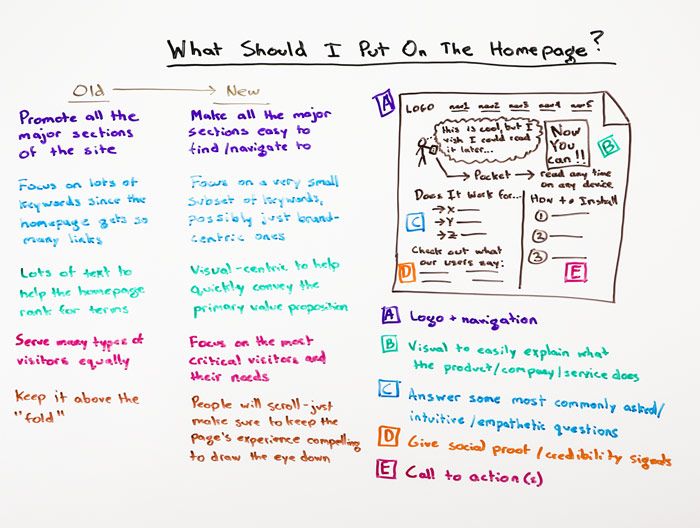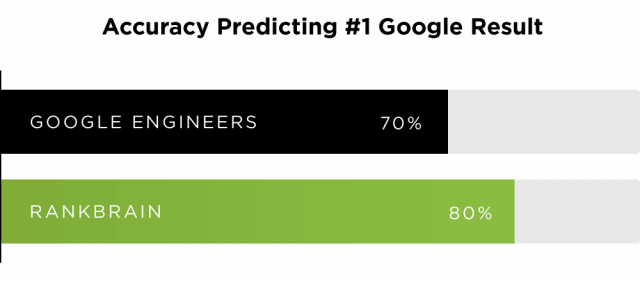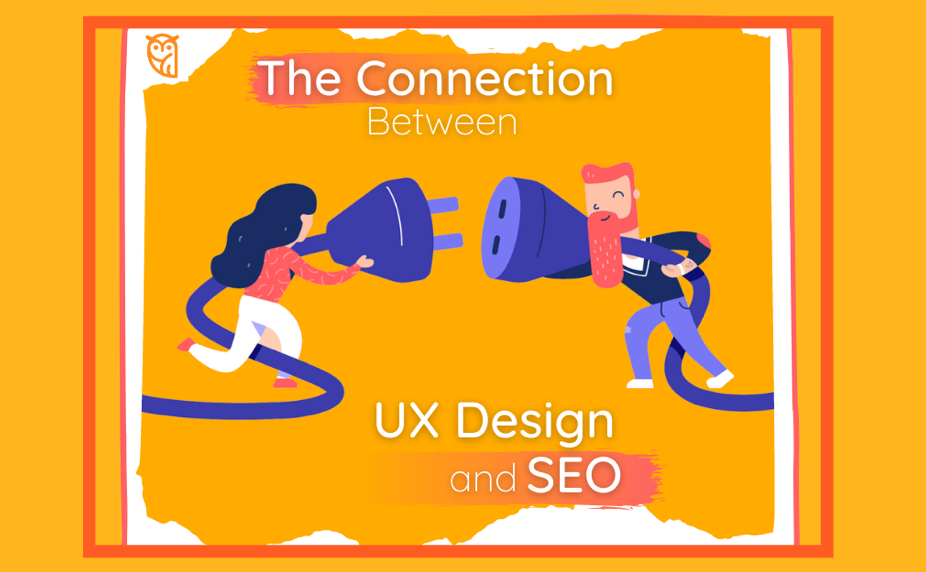There are many key aspects of digital marketing that modern business leaders should invest in. For some, paid ads seem to be the go-to method of attracting leads and improving conversions. For other leaders, the combination of stellar UX and meticulous search engine optimization never fails to deliver the right results.
While it is true that you should invest in various digital marketing tactics, your focus should be on the two methods that bring long-term results and facilitate growth. That’s why today we’re talking about UX and SEO. Together, they share an inextricable bond when it comes to boosting your ranking in the SERPs.

Improving your website’s UX while focusing on its SEO elements can go a long way in building brand visibility. It also builds awareness and authority, while at the same time ensuring customer satisfaction, engagement, and loyalty. It might seem like a tall order, but not when you understand the link between UX and SEO. Understanding how to use them to your advantage will allow you to take your company to new heights of success in the online world.
Here’s what you need to know.
Table of Contents
Why UX is important for SEO
Experienced marketers and business leaders might intuitively understand how user experience factors into SEO and vice versa. However, if you’re still unsure as to how these two are intertwined, let us paint a clearer picture for you. We’ll delve deeper into Google’s RankBrain AI algorithm later, but for now, let’s stick with the UX and SEO basics. Firstly, it’s important to understand that everything Google does and
every update the search engine giant rolls out aims to elevate the overall user experience on the web.
Of course, your website is right in the middle of this, and you have to adhere to the latest UX practices. Following the trends will make your website more relevant to the online audience. It’s not just about the aesthetics, it’s also about enhancing your SEO potential with functional UX design.

Focus on the following UX functionalities:
- Rich snippets
- Voice search optimization
- Accelerated mobile pages for mobile browsing
- Search functions
- Simple site structures
These and many other factors influence your SEO score. So, if you thought that SEO boils down to keyword implementation and drawn-out articles (and maybe a few backlinks), it’s time to start looking at UX as an integral part of your overarching SEO strategy.
Designing a website with SEO in mind
Design and SEO are two different teams, but there mustn’t be a wall between them. Provided that your goal is to create a sleek, responsive website that dominates the SERPs, that is. Rather, modern SEO website design needs to use the combined skills of both teams to build a website that appeals to search engines and online audiences in terms of its aesthetics and content.

(Source)
To achieve this, you need to focus on on-page and off-page optimization, both in terms of SEO and UX design. The former will focus on:
- Integrating the right keywords
- Alt text
- Website copy
- File names
- Articles
- Headings
- Building internal and external links
The latter, on the other hand, will focus on:
- Ensuring intuitive navigation
- Information architecture
- Optimal dimensions and spaces
- Loading times
- Extra site functionalities and features
What is RankBrain and why it matters for both
By now you’re probably wondering what RankBrain is and how it affects your standing in the SERPs. You’re probably wondering how it brings UX and SEO together as well. RankBrain is a machine-learning algorithm that Google rolled out way back in 2015 to help process online searches. It’s therefore used to deliver better results to the online audience.
 (Source)
(Source)
Unlike previous algorithms, RankBrain now takes a whole host of site features and elements into account. This allows it to decide where to put your site in the SERPs. In turn, this determines whether or not the site is relevant enough to appear on the first page. Because the algorithm is predominantly driven by behavior metrics, it’s imperative to emphasize data-driven UX and monitor essential KPIs like:
- Pages per session
- Bounce rate
- Dwell time
- Organic CTR
You can improve these behavior metrics along with other ranking factors only by using the aforementioned SEO tactics, and by focusing on the UX tips we’re about to mention.
How to get the UX right to help boost ranking
UX design is a science and an art form. Its main focus is to improve the metrics we just mentioned and ensure stellar customer satisfaction. This leads to other positive outcomes like lead generation, conversions, loyalty, and more. Fortunately, there are many ways you can use UX-focused design to engage your visitors.
One of the most powerful ones nowadays is gamification. Making your site more interactive by introducing quizzes and coming up with amazing quiz ideas and titles is a great way to keep your visitors interested. It will inspire them to stay on your site, share their results on social media, and boost word of mouth.

(Source)
Of course, gamification is but a single tool in your UX arsenal. You should also focus on:
- Improving navigation
- Simplifying the site’s structure
- Improving loading times
- Optimizing for mobile platforms
- Adding an XML sitemap
- Quick filters
- Adding a search function
- Don’t forget to integrate voice search as well to appeal to the modern online audience
UX and SEO focus on user happiness and satisfaction
In the end, always remember that both UX and SEO serve to elevate user happiness and satisfaction. When your visitors are happy with what they’re getting, you can bet that Google will be satisfied too. This is your ticket to the first spot in the SERPs. Be sure to align both strategies to focus on the user, and you will have no problem appealing to the search engines by default.
Wrapping up
UX and SEO are inextricably intertwined in this little dance we call digital marketing. If you want to rank higher in 2020 and beyond, you need to invest in both. Be sure to use these tips to take your company forward in the increasingly competitive online world.
Don't forget, sharing is caring! :)

